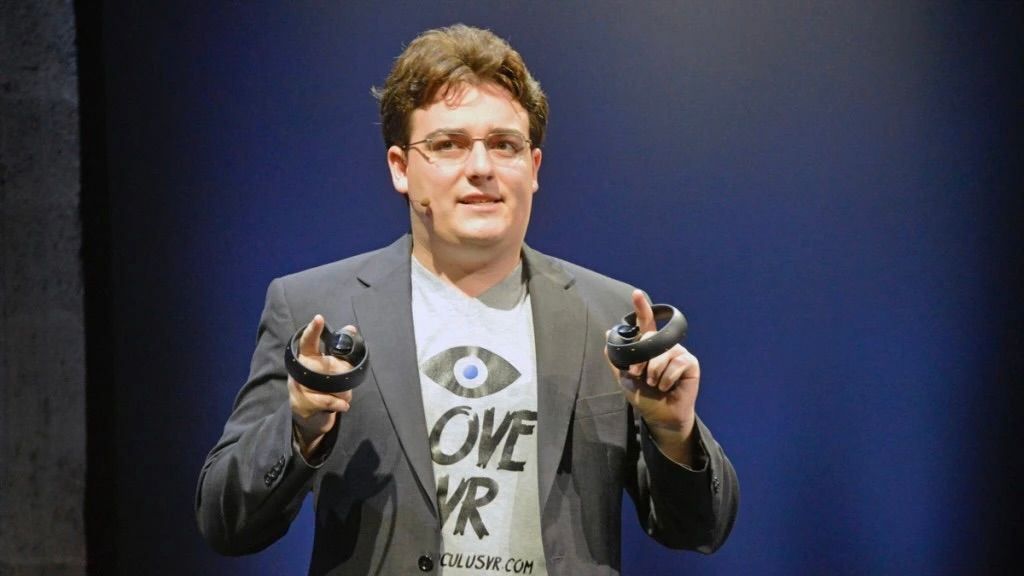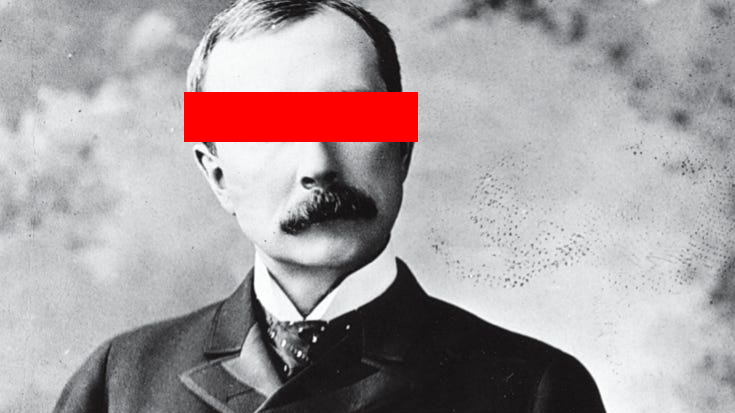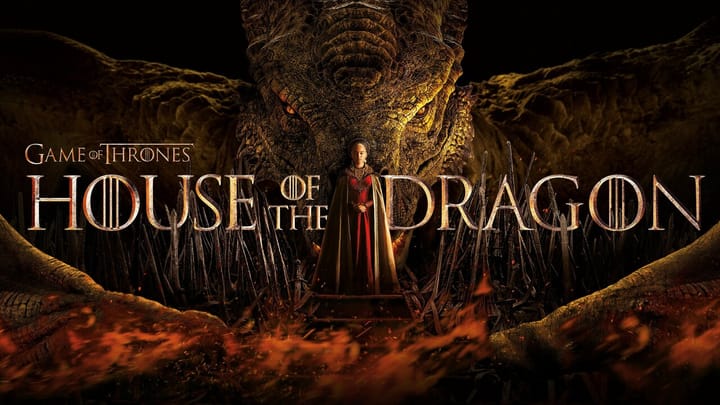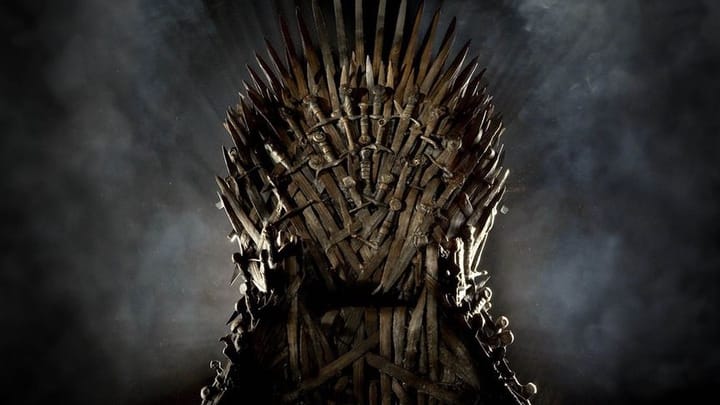Palmer Luckey (Oculus Founder & Billionaire) on The Jolly Swagman Podcast (Notes)
What's the difference between the real world and the virtual world? The quantity of data. That's all.

Read Snow Crash by Neal Stephenson, Twenty Thousand Leagues Under the Sea by Jules Verne, and other hard science fiction (science fiction that's deeply technical rather than science fantasy, like Star Wars).
Read the top 50 research papers in technical fields.
Palmer Luckey: 'For the last decade, every April, I post a quote from the light novel series and anime Sword Art Online. And one of the characters asks the main character, Kirito: “What's the difference between the real world and the virtual world, anyway?” And he says: “The quantity of data. That's all.” And I've always loved that because it's such a cool idea that boils it down.'
Luckey worked with John Carmack. Luckey says Carmack is probably one of the top 5 programmers in the world. Luckey and his team got Carmack to leave his company and become the CTO of Oculus.
What Luckey learned from Carmack: Open source your old software after you release a new version. It really helps further the industry.
What Luckey learned from Peter Thiel: Look for industries where you have the highest likelihood of becoming a monopoly. Find areas with no competition.
- Don't do what you're passionate about because there's probably a ton of competition. Instead, choose a field in an industry where the competition is weak.
How Luckey got a job in Mark Bolas's Lab when he was 18:
Interviewer: In the summer of 2011, as an 18 year old, you landed a part time gig with Mark Bolas's lab at the University of Southern California. How did you convince Mark to hire you? Were your projects just so impressive that they spoke for themselves, or did you pitch yourself in a specific way?
Luckey: Well, I got to talk myself down a little bit. It's true that I did get myself hired, but I was working part time as a lab technician. So I want to be clear, it's not like I convinced Mark or anyone else to make this crazy bet and put me in charge of a major program. I was a lab technician, and I was a cable monkey, and I was working on the low cost VR design team. And look, I don't want to downplay the importance of that work, but it's worth noting I was low man on the totem pole. That said, the first time I reached out to Mark was actually with two things I wanted to talk to him about. One was he had previously, in the 1990’s, run a high end virtual reality device company called Fakespace labs. And I had managed to obtain a virtual reality device that cost about $90,000 back in the 90’s, a very high end virtual reality display. And I had purchased one for less than $100 at a hospital equipment auction. It had been used for some kind of high end data visualisation, and they'd had gone into a closet for 20 years, and then they were just selling off all their old, obsolete equipment. I managed to buy it for $100. There was a particular part in it. It was a colour display, but the field sequential colour generation module in it that basically allowed it to generate colour signal from the input that drove the LCD shutter that basically gave it colour, was fried or otherwise not working. Maybe that's why they took it out of commission. And so I reached out to Mark asking if he had either replacement parts or any information on how I could re implement the field sequential colour generation unit hooked up to the LCD colour filters.
And then my second bit was I had read some of the academic papers that he had been one of the authors on, and I actually had some critiques for an implementation of a VR system that they had done with two iPhones that were rendering right eye and left eye for a mobile virtuality system. And I laid out to him how I would have built such a system and explained that I would have used one iPhone and then they would have been able to use one motion tracker. They wouldn't have had the mismatch between tracking on both phones, they wouldn't have had mismatch in rendering times, they wouldn't have different screen tearing attributes. I said you should have used one phone and then used the video output and then put it to this particular display that I've been using in my virtual reality headsets, a BOE Hidist display that was higher resolution than an iPhone as well. And you should have just output to that and you could have built a self contained unit with one phone that would have been higher resolution, wider field of view, and not had some of these synchronisation problems. And that was what got me in the door. So I ended up meeting with Mark and some of the people there and they were also impressed with the fact that I knew about all their old VR equipment.
I knew as much about a lot of it as they did, and that was pretty weird because I was a teenager and these were older gentlemen who had kind of worked in the VR industry in the 80’s and 90’s. We got along really well, so I think that was how I managed to get my foot in the door. Also, not a lot of VR jobs available back in 2010, 2011, so it was lucky that I did.



Comments ()